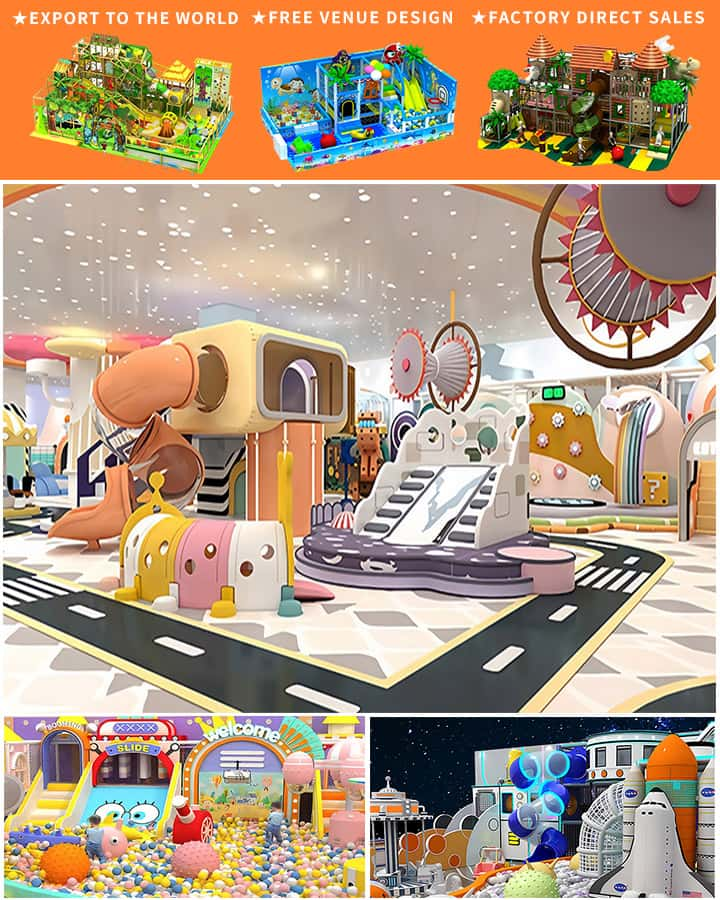When it comes to creating a safe and engaging environment for children, playgrounds play a crucial role. The equipment within these spaces not only provides entertainment but also promotes physical activity, social skills, and overall well-being. However, establishing a quality playground can be a significant investment. This article delves into the various factors that contribute to the cost of children’s playground equipment and what considerations go beyond initial expenditures.
Factors Influencing the Cost
Types of Playground Equipment
The diversity in playground equipment ranges from simple swings and slides to complex structures like climbing walls and interactive installations. Each type has its own associated costs:
- Basic Structures: Swings, slides, and seesaws are typically less expensive but are essential for any playground. Prices for these start around \(500 to \)1,500 per unit.
- Mid-Range Structures: Jungle gyms, merry-go-rounds, and sandbox sets fall in this category. They generally cost between \(2,000 and \)8,000 each.
- Deluxe Structures: Multi-level play systems, zip lines, and custom-designed installations can range anywhere from \(10,000 to upwards of \)50,000.
Material Quality
The materials used in manufacturing playground equipment have a substantial impact on both cost and durability. High-quality materials such as stainless steel, heavy-duty plastics, and eco-friendly composites tend to offer better longevity and safety features. For example, premium metal swings can cost up to twice as much as basic models but require less frequent replacement.
Installation Costs

Installation is another significant factor influencing the overall cost. Complex structures often require professional installation due to safety and structural regulations. On average, expect installation fees to range from \(500 to \)2,000 per piece, depending on the complexity and size of the equipment.
Safety and Compliance
Ensuring that playground equipment meets national safety standards (such as those set by ASTM International and the Consumer Product Safety Commission) adds to the cost. Certified equipment undergoes rigorous testing for stability, material toxicity, and potential hazards. Non-compliant equipment might be cheaper initially but poses long-term risks that could lead to liabilities or additional expenses down the line.
Hidden Costs and Considerations
Maintenance and Upkeep
Owning playground equipment isn’t just about initial purchase and installation. Regular maintenance is crucial for ensuring the safety and longevity of the equipment. Annual maintenance costs can include repainting surfaces, tightening screws, checking for wear and tear, and replacing worn-out parts. These ongoing expenses should be factored into the budget.
Insurance
Public liability insurance is another aspect to consider. This coverage protects against potential injuries or accidents that may occur on the playground. Premiums vary based on the size of the playground, the types of equipment installed, and your location.
Long-Term Benefits
While the initial outlay for high-quality playground equipment might be steep, investing in durable and safe materials can yield long-term benefits. Such investments reduce the need for frequent replacements and minimize liabilities, providing better value over time.
Budgeting Tips
Community Fundraisers
Engaging the community through fundraisers can help offset some of the costs. Local businesses might sponsor specific pieces of equipment or offer matching funds.
Grant Opportunities
Various governmental and non-profit organizations provide grants aimed at improving public recreational spaces. Research available options and apply for funding to supplement your budget.
Phased Development
If budget constraints are an issue, consider a phased approach. Start with essential structures and gradually expand the playground over time as more funds become available.
In conclusion, while the cost of children’s playground equipment varies widely based on type, material, and installation, understanding all associated expenses ensures you make informed decisions. Balancing initial outlays with long-term benefits will help create a safe, enjoyable, and sustainable play environment for children.




